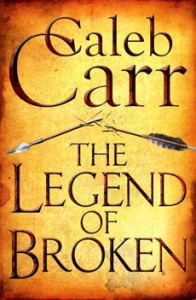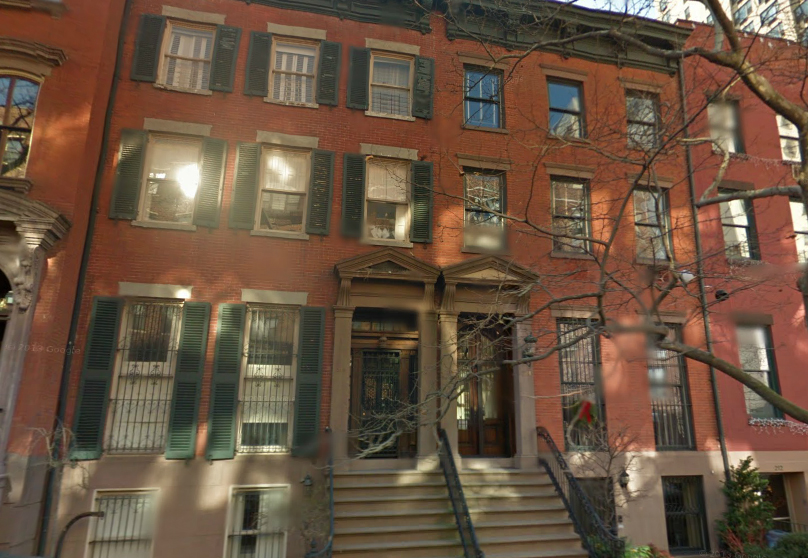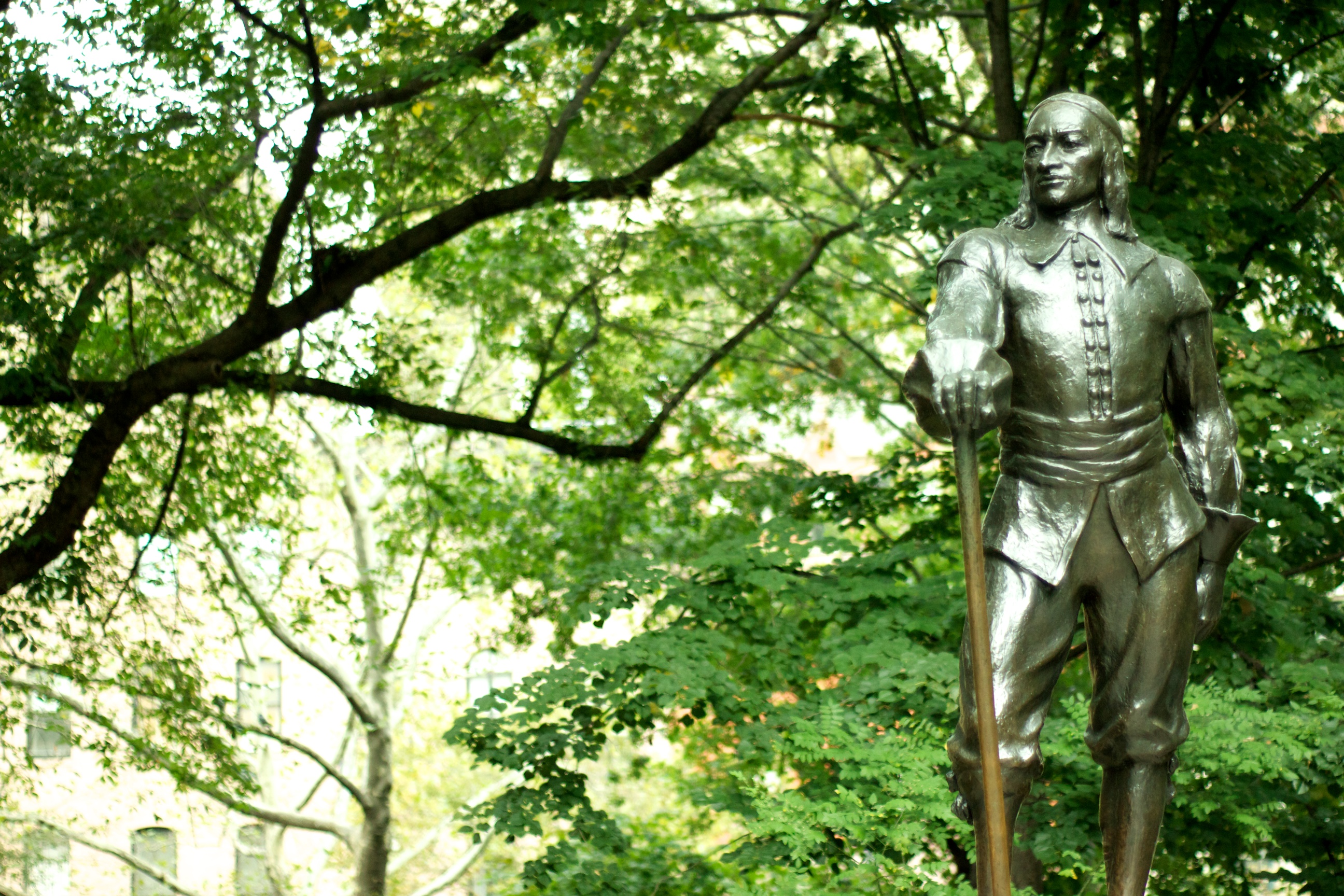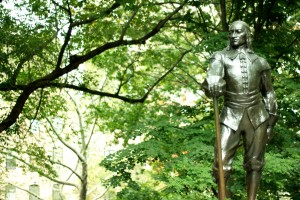
If you haven’t already given The Legend of Broken a go, I highly recommend it. For more information about the novel, you can view my thoughts in my original blog post from earlier in the year, and I have included a few comments below from The Washington Post’s review of the novel that I think provides a reasonably good overview of the work. You can also listen to an interview Caleb Carr gave about the novel at the WAMC Radio Book Show website, or watch a talk and Q&A that he gave at a book signing for the novel last year.
The Legend of Broken has also been released in audiobook format by Simon & Schuster Audio, read by George Guidall and Tim Gerard Reynolds. You can read a comprehensive review of the audiobook at Dab of Darkness.
The Washington Post:
Set circa 745 A.D., during Europe’s Dark Ages, “The Legend of Broken” straddles the line between epic fantasy and alternate history … an excellent and old-fashioned entertainment that evolves into a clever discourse on the history and development of modern warfare. Best known for novels like “The Alienist” and “The Angel of Darkness,” Carr is also a noted military historian. “The Legend of Broken” has none of the fin-de-siecle trappings that distinguished his earlier novels, but his gift for integrating historical detail with lurid spectacle rivals those on display in the much-missed BBC/HBO series “Rome.” … Carr’s depiction of 8th-century Europe as a gallimaufry of religions, superstitions, science and cultural tradition is marvelous: His Dark Ages contain incandescent flashes of insight into an era that itself is often resigned to a mere footnote … At its best, “The Legend of Broken” seamlessly blends epic adventure with serious research and asks questions that men and women grappled with in the Dark Ages and still do today.



